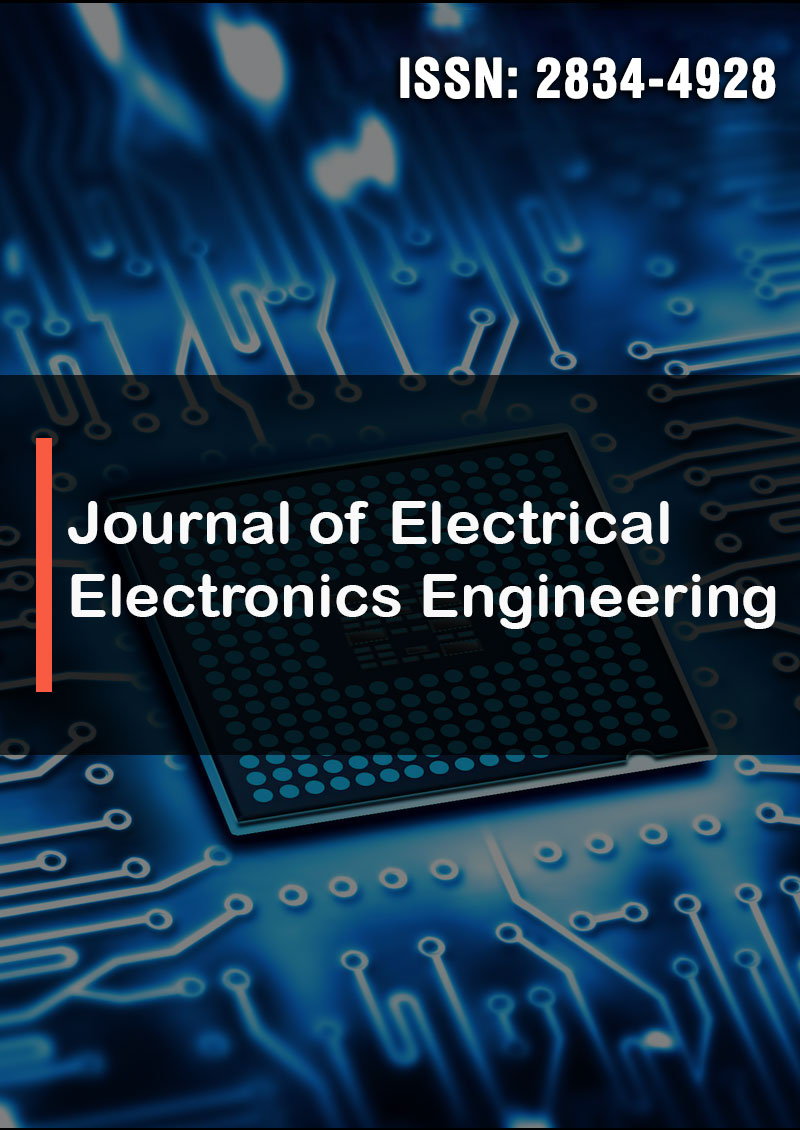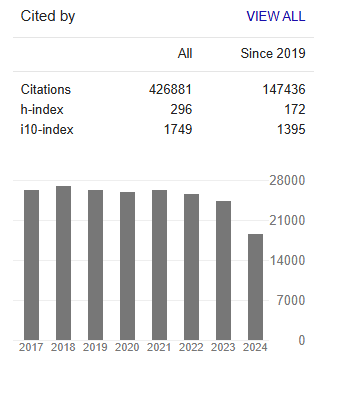The Occurrence of Primary REE Minerals and Their Para genesis within S-Type Granite and Quartz Vein, South Bangka, Bangka Belitung Islands, Indonesia
Abstract
Armin Tampubolon, Ildrem Syafri, Mega Fatimah Rosana, Euis Tintin Yuningsih
Primary rare earth element (REE) minerals known as carbonate and phosphate were identified in some localities. The carbonate type consists mainly of parasite, allanite, and bastnaesite, while REE phosphate group comprises mainly monazite and xenotime. They are accompanied by thorite and zircon. REE-bearing quartz vein is associated with cassiterite, pyrite, chalcopyrite, sphalerite, and tourmaline. The hydrothermal fluid that plays a role in REE mineral precipitation is subdivided into three stages: early (> 316oC - 316oC), medium (< 316oC – 210oC), and late (<210oC190oC). The δ18O range which is 12, 7 ‰ – 13 ‰, and the δ34S range are 3, 9 ‰ – 5, 5 ‰ indicate that the origin of hydrothermal fluid comes from mixing fluids of both meteoric and magmatic sources, and also influenced by metamorphic waters. While the source of sulphur is granitic and sedimentary rocks. REE phosphate is thought to have formed in the early magmatic crystallization stage except for monazite formed in the medium magmatic-hydrothermal and late hydrothermal stages. Primary REE carbonate may have formed in a medium hydrothermal-magmatic stage except for parasite and allanite, they may have formed in late-stage hydrothermal. Chalcopyrite and sphalerite seem to be associated with REE minerals in the medium and late hydrothermal stages.




